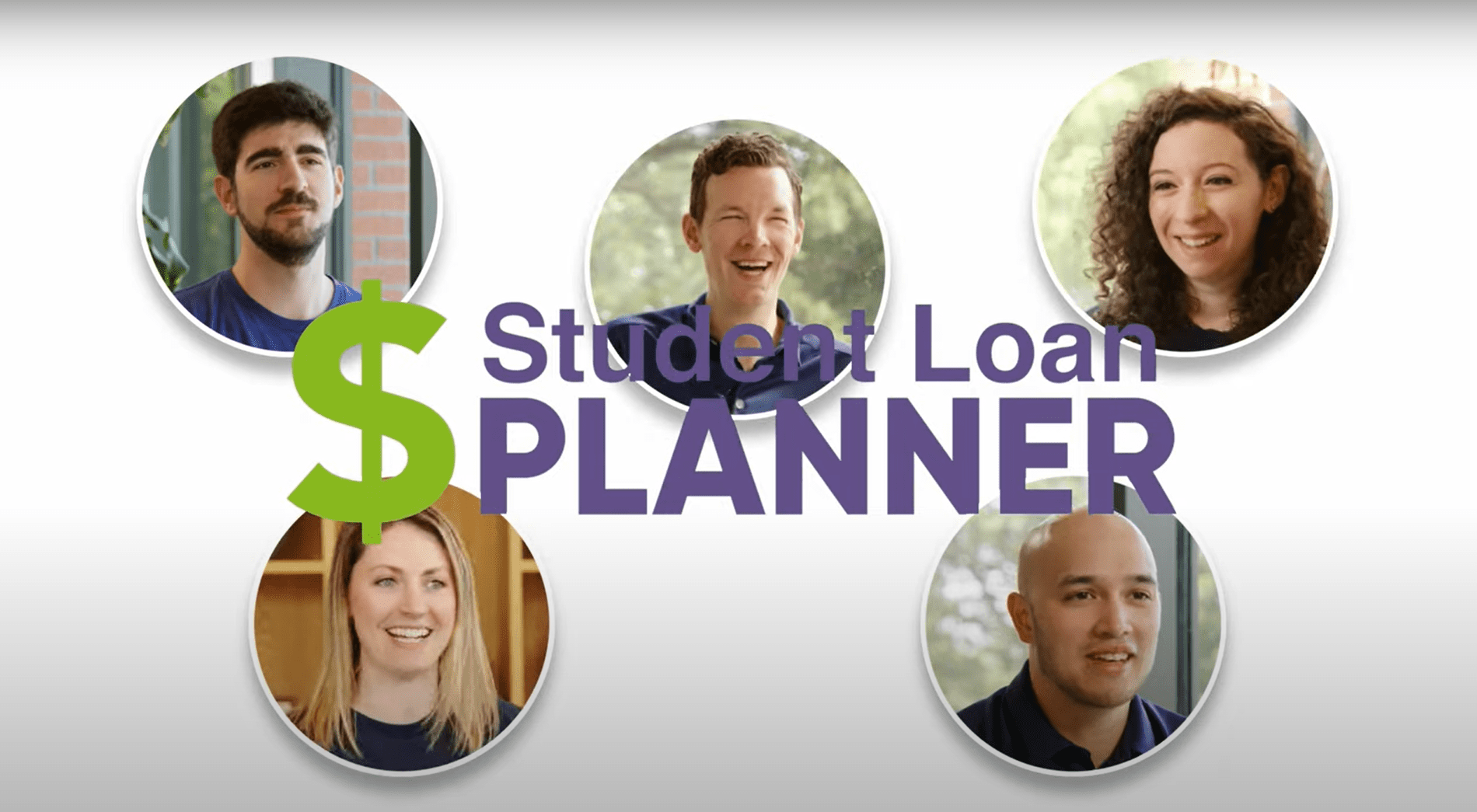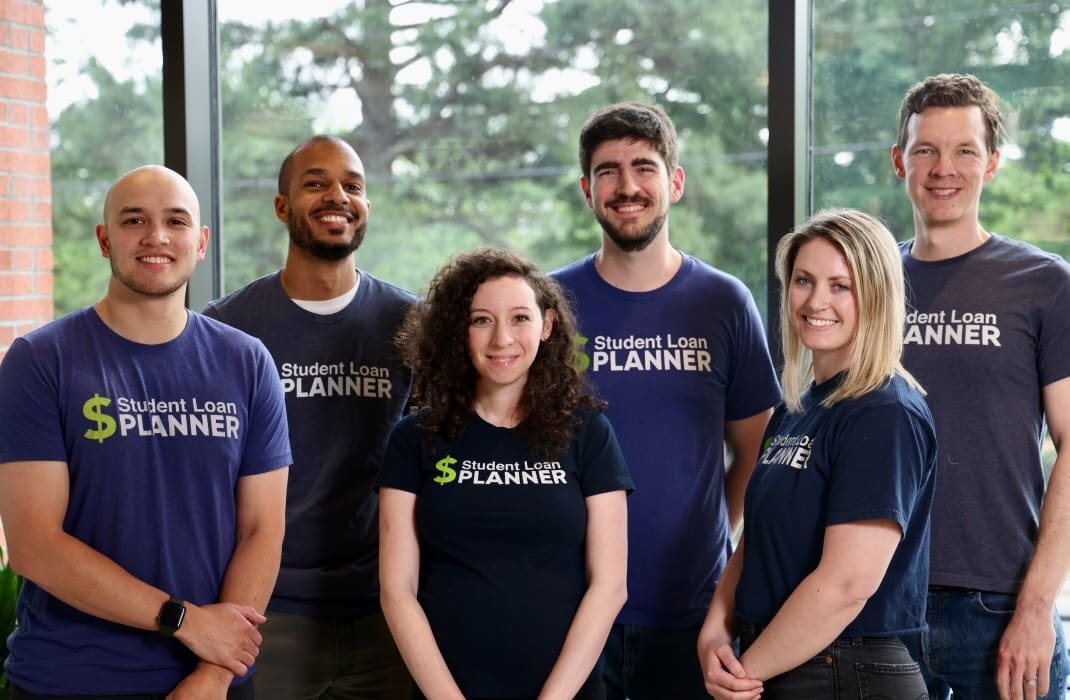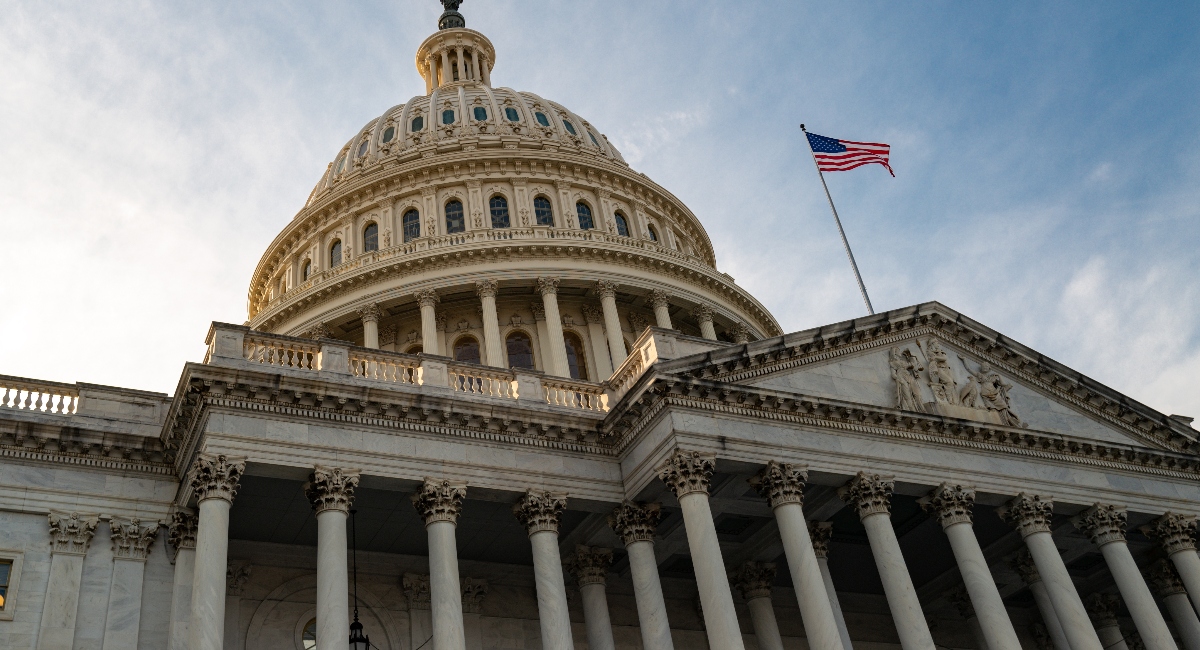You deserve a custom plan from the experts
Get a custom student loan plan from our CFP®, CFA and CSLP® professionals. Our 19,800+ clients are putting a projected $1.4 billion in savings toward living their best lives.
Refinance student loans and get a bonus of up to $1,250
We'll help you get the best student loan refinance deal with bonuses you won't find anywhere else.
Compare doctor mortgage options
Get mortgage quotes for physicians, dentists, and medical professionals with down payment options as low as 0% to 10% with no PMI
Own-occupation disability insurance discounts
Protect your income as a physician, dentist, or medical professional. Get the best price even if it's not with us with discounts up to 30% off.
Grow wealth and leave student loans in the dust
Get fiduciary financial planning, tax planning, and investment management custom tailored for professionals with large student loan debt. Reach your dream life faster.
Practice loans for healthcare professionals
Financing for dentists, physicians, veterinarians, and optometrists who want to start, acquire, or grow a practice. Get a bonus up to $500 at closing.
Compare the best private student loan rates
Get offers from multiple lenders and get pre-qualified cosigner and no cosigner options in minutes.
Featured in


Our top resources
IDR Waiver: When Adjustments Will Be Made and How To Verify Your Adjusted Credit
Parent PLUS Double Consolidation Loophole: Pay 10% of Income Instead of 20%
8 Things Student Loan Borrowers Should Brace for in 2025 Under A New Trump Administration
Find resources just for your profession
- Physicians
- Dentists
- Veterinarians
- Lawyers
- Nurses/NP/CRNA
- Teachers/Professors
- Chiropractors
- Pharmacists
- Physical Therapists
- Physicians Assistants
- Psychologists
- Optometrists
- Corporate Employees
- More Occupations
Why borrowers choose us
Sam
MEFebruary 11, 2025“Excellent! Meagan answered all of my questions and modified her presentation based on what I already knew about PSLF so we had more time to dive into my specific situation and answer my questions. She saved me easily several thousand dollars in one hour of meeting together–well worth the money.”
Mike N.
NJFebruary 3, 2025“Michael Dean was so helpful. Our situation was so complicated between my spouse and I, yet he helped make it very understandable. He worked through multiple scenarios in detail and helped us feel prepared for today and many years down the road in terms of payments. Very professional and knowledgeable. 10/10 would recommend”
Sandy F.
ORJanuary 31, 2025“One session was more helpful than a million FAQ pages on studentaid.gov, mohela, or any reporting on student loans I've ever read. My only regret was not connecting with them 7 years ago. I could have saved myself thousands of dollars if I knew the information they taught me today sooner. So clear and so helpful.”
Traci
ALJanuary 30, 2025“Our Student Loan Planner, Angie was very thorough, patient and made us feel at ease. I would highly recommend a consult. We hesitated due to the consult fee. However, we decide it would be well worth it for the advise in a very challenging situation. Well worth it.”
Marie C.
CAJanuary 29, 2025“Such a great experience! I highly recommend working with Connor– it was very reassuring having a fellow Physical Therapist guide me through the process of financial literacy. Having >$200,000 of debt with Doctorate level loans always felt daunting, but he was able to give great guidance and have a better understanding about my own finances and how to best take action saving me hundreds of dollars every month while also giving me piece of mind.”
We're passionate about saving student loan borrowers money
Our team of 22 consultants is recognized as a top leader in figuring out exactly what to do with master student loan debt. If you owe $20,000 to $1 million in student loans, we can help you in one of two ways.


Student Loan Planner Podcast
Travis and the team help you navigate the world of student loans, especially if you owe $20,000 to $1 million. If you've ever spent too much time on the phone with your loan servicer, this is the show for you. Every week we share tips on loan forgiveness, investing, crushing debt, and how to get to financial freedom when you owe more than most people's mortgage.






 Physicians
Physicians  Dentists
Dentists  Veterinarians
Veterinarians  Lawyers
Lawyers  Nurses/NP/CRNA
Nurses/NP/CRNA  Teachers/Professors
Teachers/Professors  Pharmacists
Pharmacists  Physical Therapists
Physical Therapists  Physicians Assistants
Physicians Assistants  Psychologists
Psychologists 


























